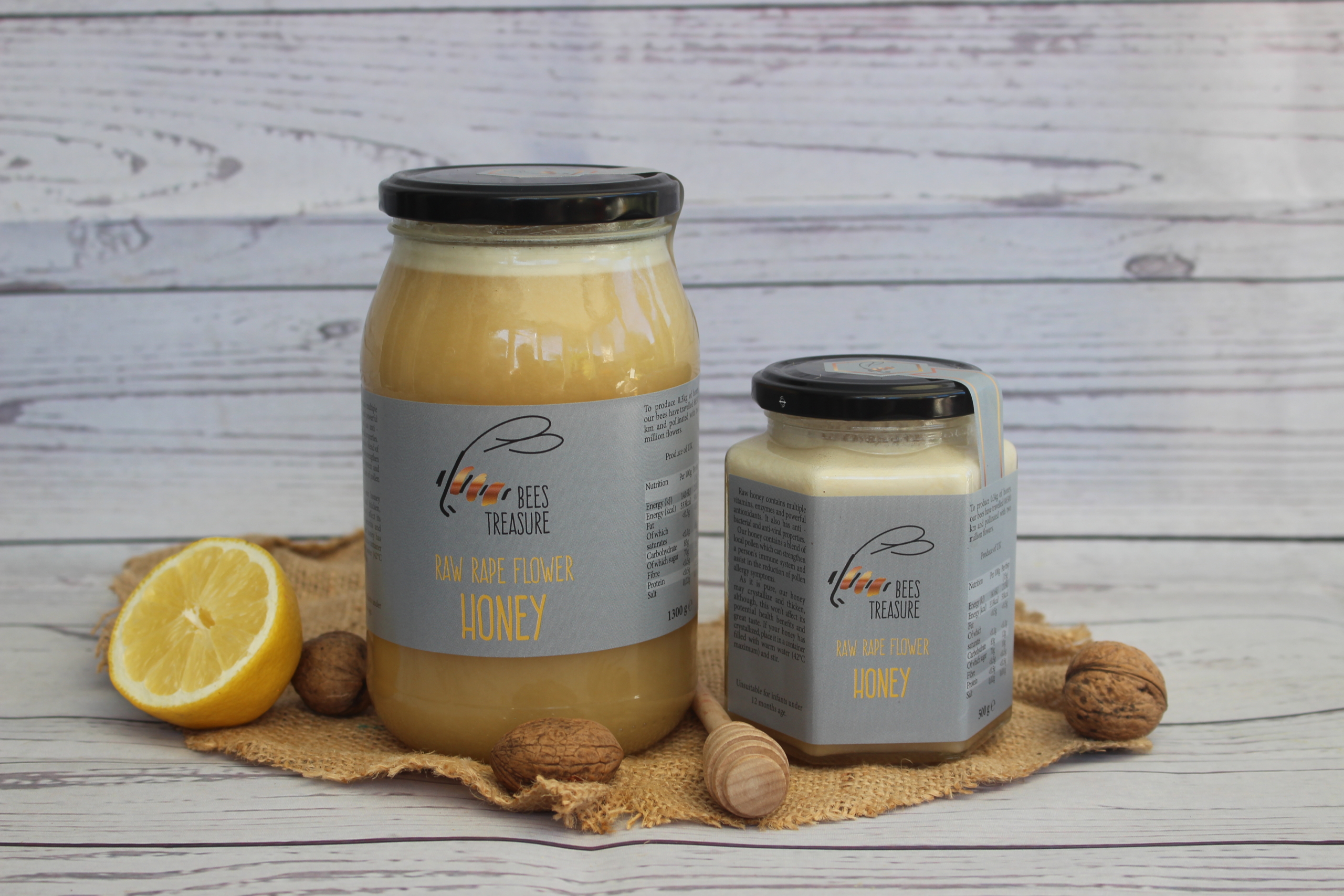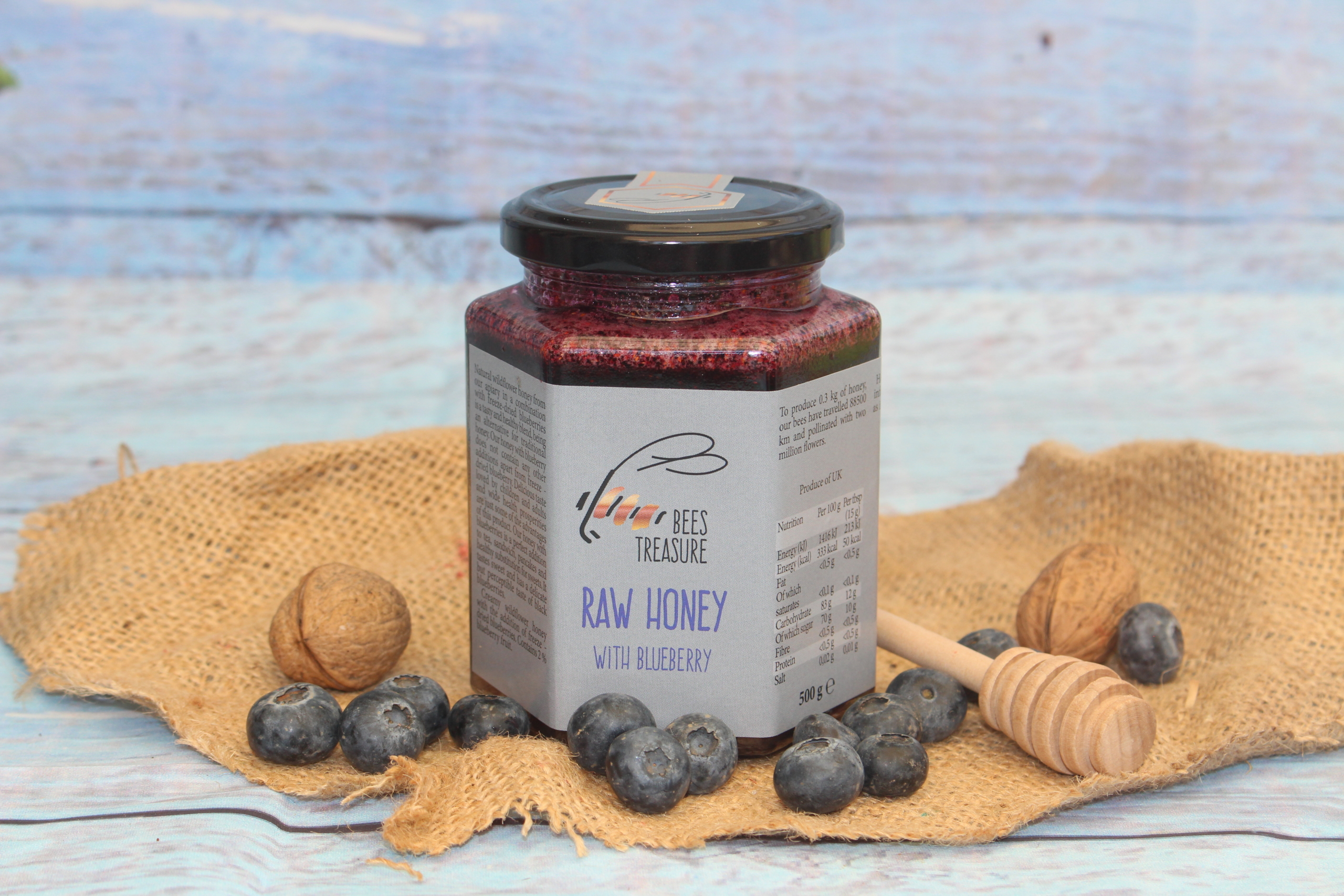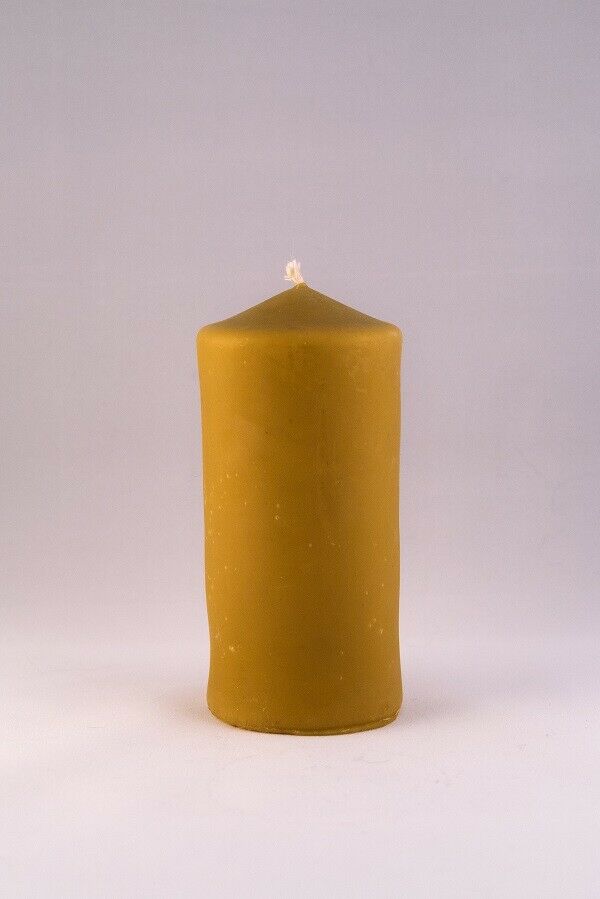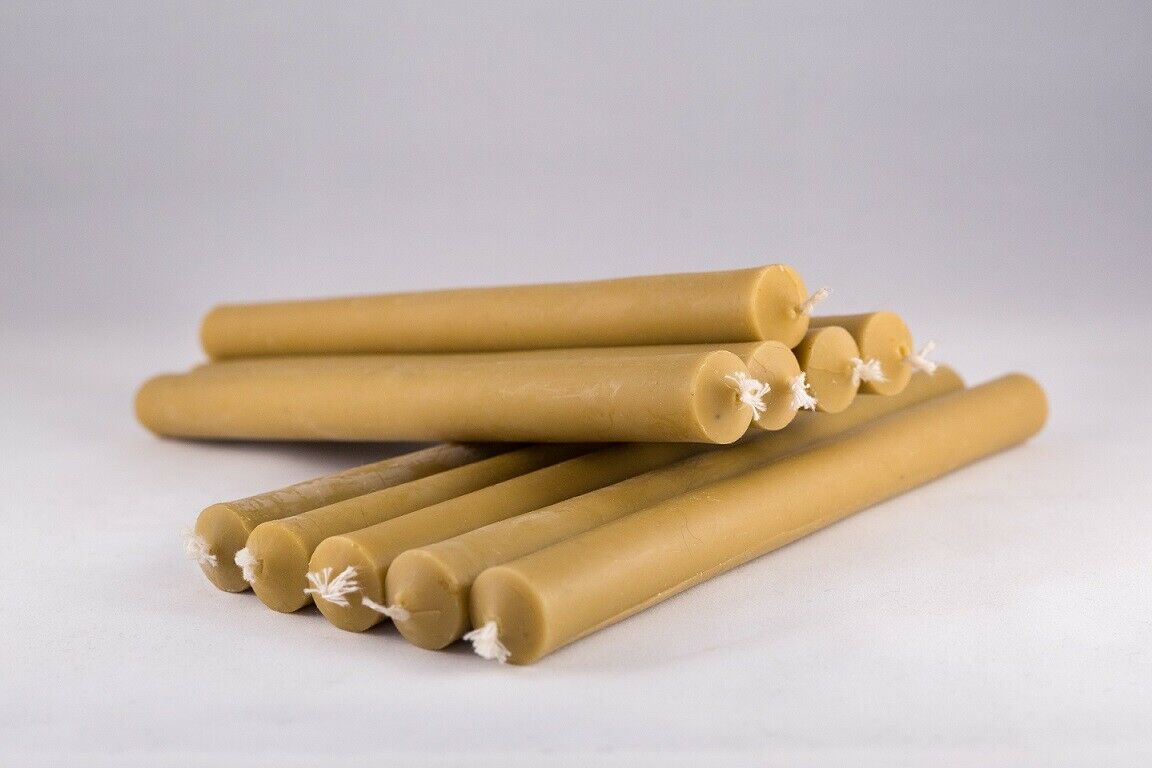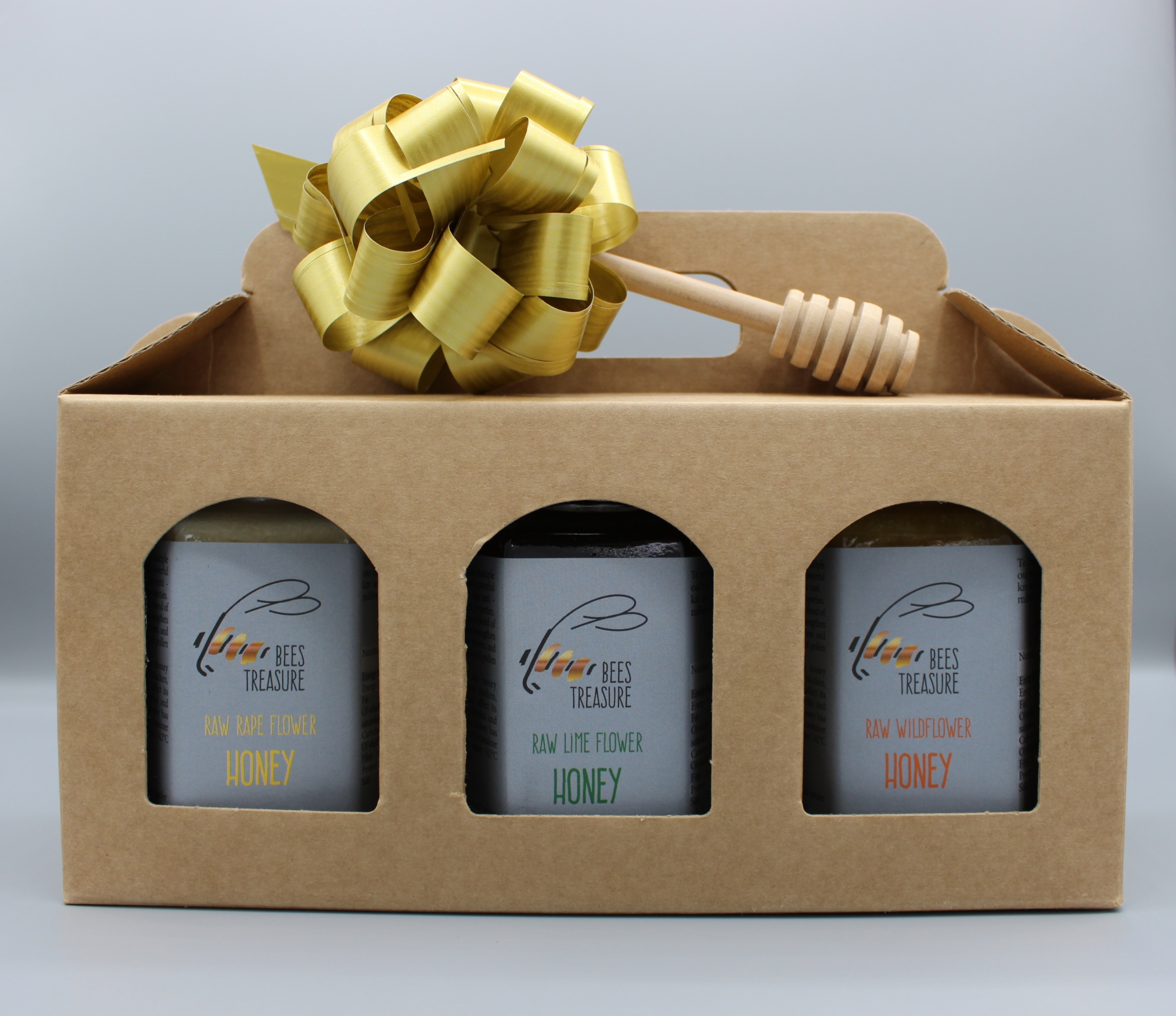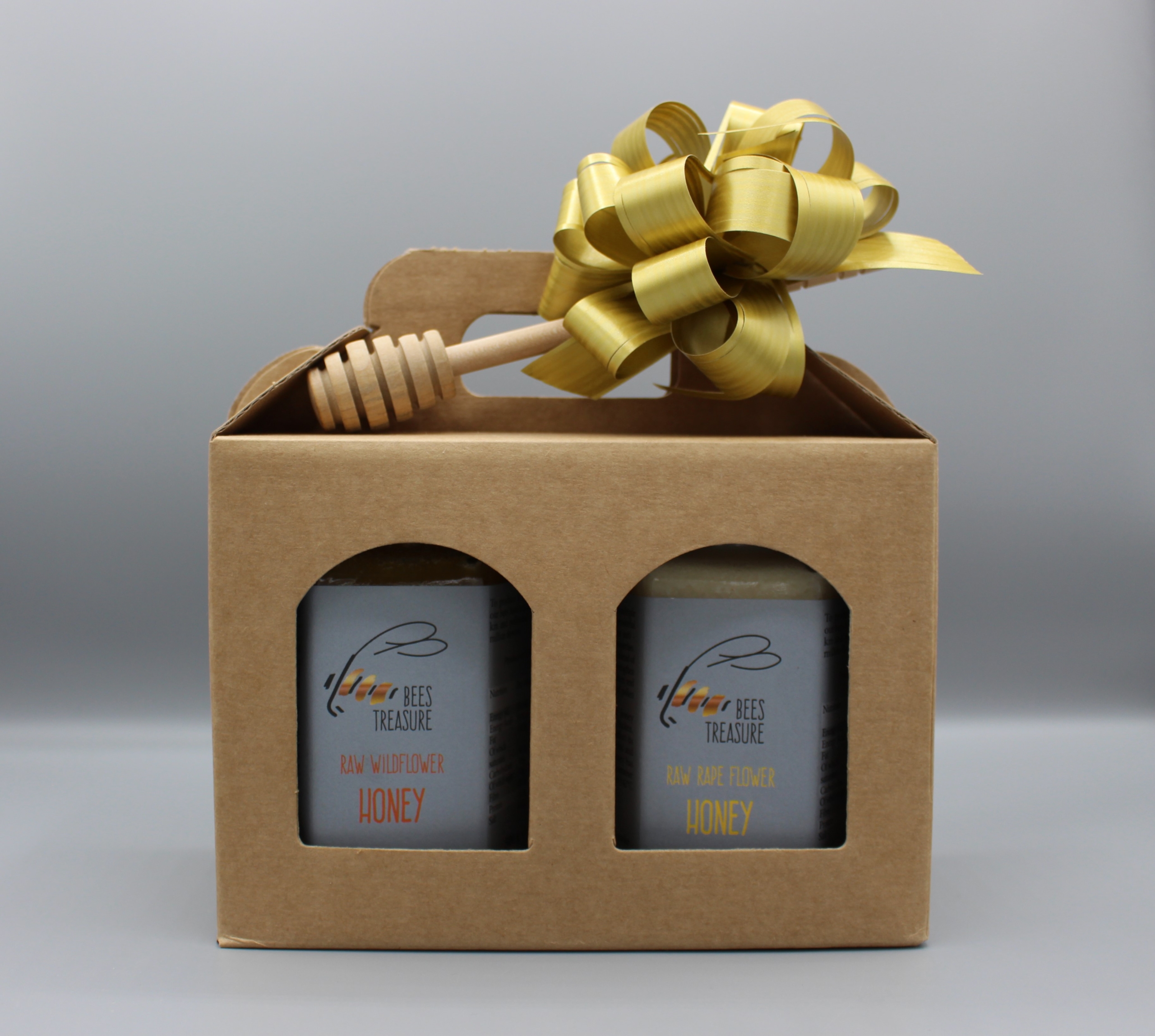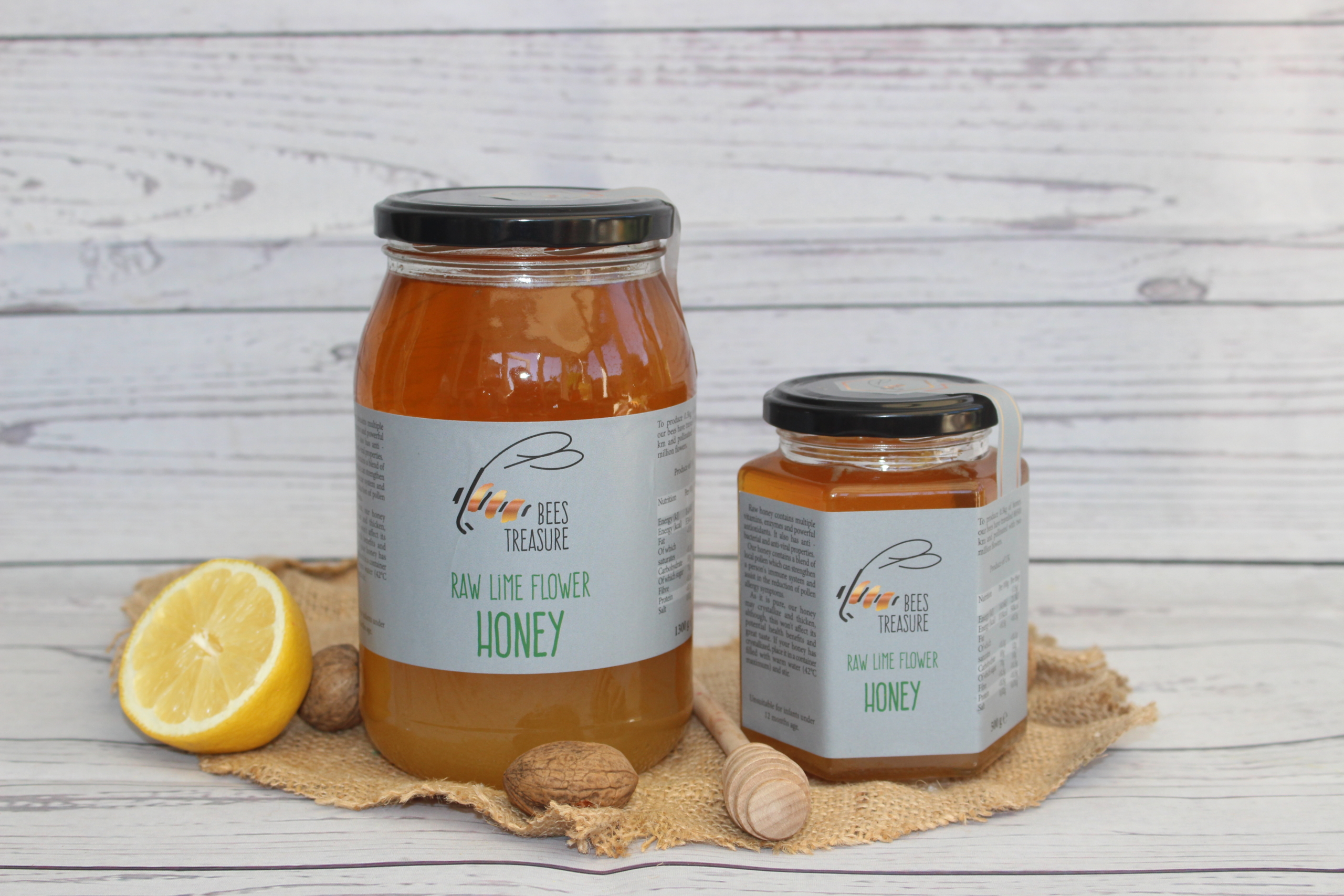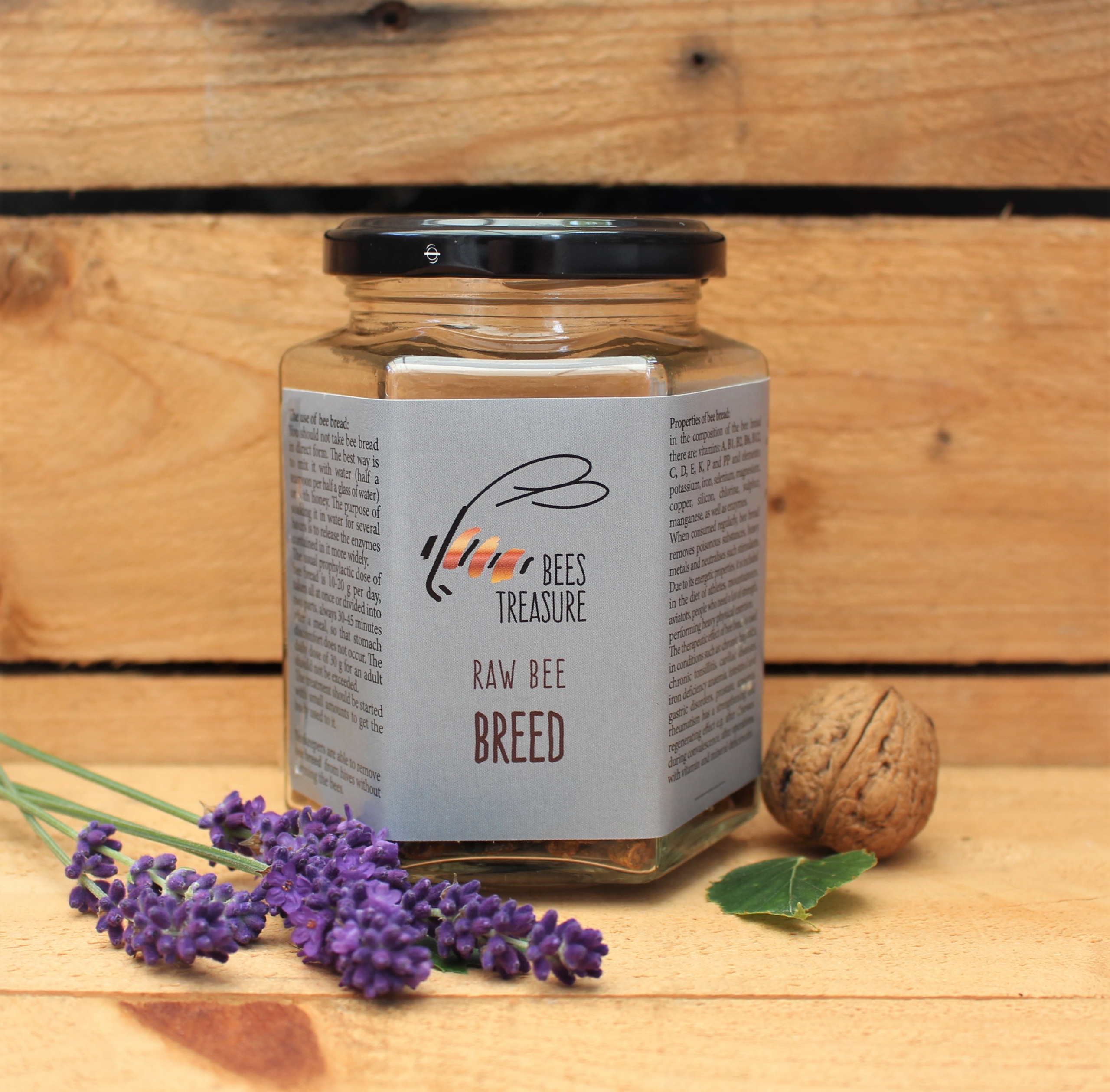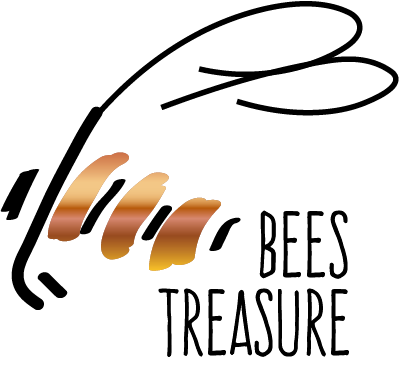Apitoxin
Physical and chemical properties of apitoxin
Apitoxin – or bee venom, is colourless, quick-drying liquid with slight, aromatic odour, density of 1,1313 g/cm3, acidic pH (5-5,5) and sour-bitter taste. It dissolves well in water and acids, but it does not dissolve in alcohol. In dry condition, without access to the light and moisture, it can be stored in ambient temperature for several months. The optimal temperature for its storage is between -15 and 2°C. After freezing it preserves its value for a considerably longer time. It does not lose its prosperities at a temperature of 100°C. Under the influence of sun rays and temperature of 40°C it quickly resolves.
The venom is a mixture of various chemical compounds, mostly proteins which constitute 57% of its dry mass. In the venom, apart from histamine, phospholipase A and hyaluronidase, there are some other toxic peptides, such as melythinin and strong neurotoxin – apamin as well as adolapine. It also contains the substances of lipoidal prosperities and alarm pheromones. What is more in apitoxin the presence of indole, phosphoric, palmitic acids, fatty acids, choline and glycerine was confirmed. From mineral compounds the venom has, among others: calcium, magnesium, carbon, phosphorus, hydrogen, nitrogen, sulphur.
Bee venom is produced by all worker bees and the mother bee. Drones are devoid of such a capability. The apitoxin is created in venom glands located in the back part of the abdomen and collected in a venom sac. The sac may contain about 80 microgrammes of a substance called apitoxin. The mother bee, also called the queen bee, produces the venom for her whole life, whereas the worker bee from the 2nd to the 20th day of life. Apitoxin is used by bees for defense and by the mother bee for killing competitors. When a human is stung by a bee about 12 microgrammes of the venom enter into the skin. Apitoxin in terms of biotic is an enzymatic-hormonal concentrate. Bee venom has a similar composition as viper venom, which is the reason why beekeeper’s resistance to bee venom makes him also resistant to the activity of viper venom to a certain extent.
The venom is collected in the membranous sac, located in the abdomen, at the top of the defence apparatus – the sting. It is produced by the two glands: a bigger – producing the right venom of acidic pH and a smaller – producing the substance of alkaline pH, used to moisten the sting apparatus and neutralise the rest of the venom. The venom sac opens to the sting dagger channel and during its impaling the venom flows into the wound in the skin. The sac can contain from 0,3-0,4 mg of the venom and the bee while stinging implements about 0,012 mg, which corresponds to the one international measurement unity of bee venom, which is 10 μg of a dry product.
The application of apitoxin
Apitoxin can be applied in a direct treatment method, which involves stinging by bees particular parts of patients organism or indirect treatment method- subcutaneous application of the venom by means of electrophoresis, phonophoresis, acupuncture, chemio-acupuncture, inhalation and rubbing the skin with preparation containing the venom.
ATTENTION ! ! !
Bee venom is a great opportunity for a human, but also it is a threat to life. It can be applied only under the supervision of an experienced doctor, because inappropriate use may have disastrous effects. The properties of apitoxin are the chance to cure many afflictions, but they are also a threat to the health and even life of people. After conducting research and tests, allowing for starting the treatment, bee venom can be used to cure following disorders:
- rheumatoid disease – rheumatoid arthritis, knee and acromial osteoarthritis, external epicondylalgia, sore fingers syndrome
- migraine
- peripheral nervous system diseases – ischialgia, radiculitis, discopathy, lumbago, neuralgia, peripheral neuritis, trigeminal neuralgia
- muscular system diseases- muscular rheumatism, myositis, myalgia, bursitis, tenosynovitis
- skin diseases – psoriasis, eczema, trophic dermatitis, hard healing wounds, scars, frostbite
- oral cavity diseases – inflammation of the oral mucosa and tongue, periodontitis
- allergic diseases – atopic bronchial asthma, hives, pollinosis
- heart muscle diseases – rheumatic myocarditis
- vascular diseases – thrombophlebitis, arteritis, atherosclerosis of lower extremity arteries, Buerger disease, hypertension
- gynaecological diseases – endometritis, inflammation of the parametrium, adnexitis, ovarian cysts
- urinary tract diseases – cystitis
Remember!
While making a decision about using apitoxin be aware that it is a strong and fast-acting substance, which effect may be even fierce for hypersensitive people and lead to a life-threatening condition. This is why there are contradictions to use apitoxin in the following cases: allergy to venom, mental disorders, advanced heart diseases (excluding rheumatic myocarditis), acute rheumatic diseases, tuberculosis, gastric and duodenal ulcers, hepatitis, diabetes, renal disease with haematuria, blood diseases, acute infectious diseases, malignant tumors, cases qualified to surgical treatment, children under 5 and adults over 70, pregnancy and time of menstrual period for women.
Application of apitoxin
The oldest method of treatment are bee stings, most frequently on the external parts of thighs and shoulders – together about 30 stings during the one full course of treatment, starting from one bee sting and in the following days increasing gradually the number of stings. Other methods provide even 180-200 bee stings during one course of treatment. Modern methods of treatment include the subcutaneous injection of standardised, sterile bee venom preparation around the disease outbreak. Apitoxin in ointments and liniments are applied by rubbing aching parts morning and evening.
